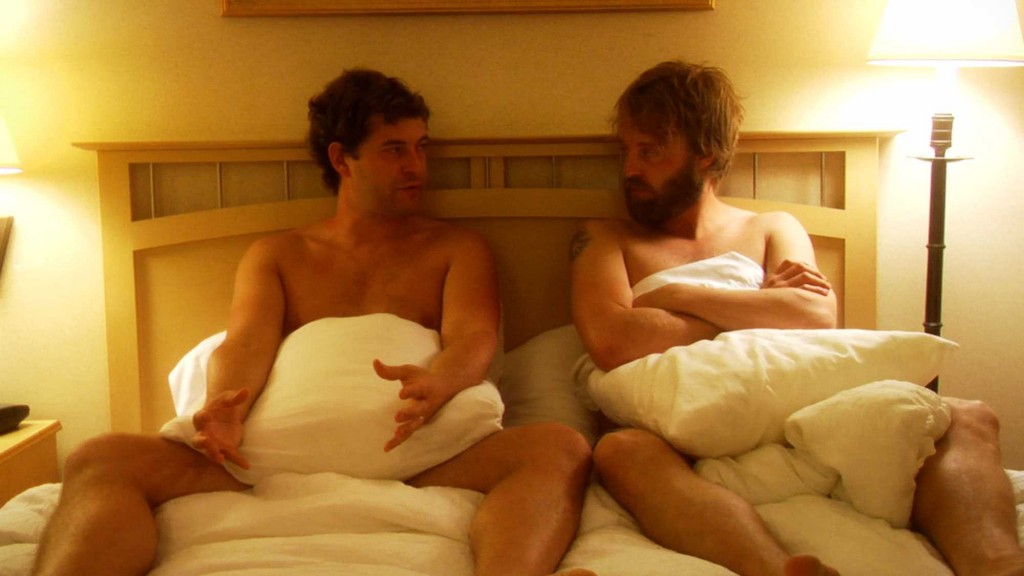Thursday Rethink: Mumblecore is Not Good Filmmaking
The Proposition: The low-budget, mostly-improvised independent filmmaking aesthetic known as “mumblecore” is not honest or conducive to good filmmaking, but actually reduces cinematic storytelling to infuriating banality.
The Background: I watched Humpday (2009) a little while ago, which solidified some of my thoughts on the whole mumblecore movement in American independent cinema. While there are critics and moviegoers out there who dislike mumblecore, the general consensus seems to be that mumblecore films are ingenious ways to create honest, profound portraits of everyday American existence on a low budget. And with recent films like Jeff Who Lives at Home (2012) and Tiny Furniture (2011), the mumblecore mode of filmmaking is not going away. The following are my thoughts on why mumblecore is detrimental to the cinematic aspect of filmmaking, and a negative trend in independent American cinema.
Three Reasons:
1. Realism does not equal banality. Mumblecore movies use improvised dialogue and scenarios to apparently get at the heart and truth of everyday situations. What mumblecore filmmakers fail to realize is that by replicating the blandness of ordinary life in their films, their films are soon overwhelmed by banality. Movie dialogue is not meant to sound like the inarticulate, meandering, awkward conversations people have in real life. A boring scene of two characters talking about food may be a realistic situation and have some truth to it, but it is also truly boring, and unworthy of the viewer’s time. In order to capture just how boring a character’s existence is, the filmmaker should never descend to merely making the film boring. It is lazy, uninventive filmmaking.
2. Mumblecore foregoes wit, structure, and pace, foundations of good storytelling. This is an inherent flaw in the improvisational method of filmmaking. Good movie dialogue is witty, profound, exhilarating. It distills the dialogue of everyday life into its most compact form, eschewing all the awkwardness and meandering (unless, of course, that is the purpose of the particular dialogue) while retaining its truth. It resembles how people speak in real life, but is actually an improvement on it. The same goes for story structure. A person’s real life has a structure to it, but it is ambling, with no definite purpose or momentum. Good movies have structure, pace, and focus. The development of a movie’s story resembles real life, but it is more crafted and appealing. Mumblecore movies forget these essential aspects of good storytelling.
3. Mumblecore has no (good) style. I have nothing against handheld cameras and gritty visuals. Just look at Asghar Farhadi’s A Separation, which only uses handheld cameras and yet still manages to be beautiful. The visuals are personal and realistic, but they are also carefully composed and attractive. Mumblecore films like Humpday have nothing going for them visually. They are boringly composed, with a bland, bleak palate of everyday colours. A film should look more vivid than a home movie. The visuals of a movie like Humpday are merely due to laziness and a lack of artistry masked as a desire for realism.
So, what do you think?
